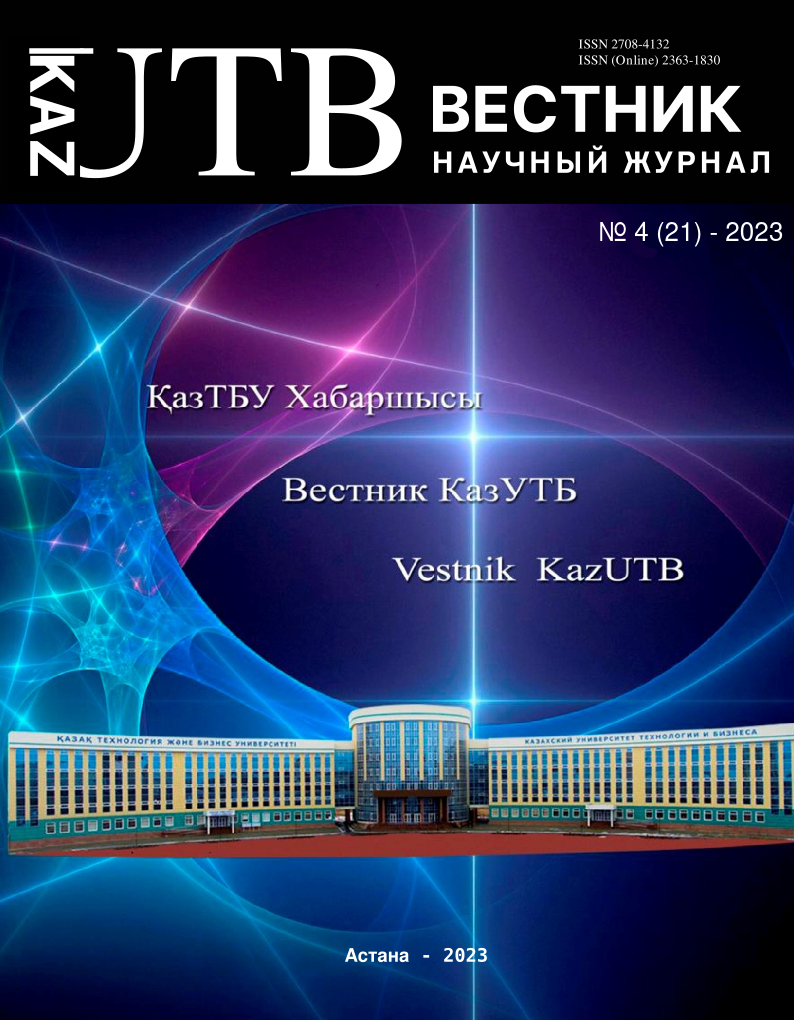Меню


Information and communication and chemical technologies
No. 4 (21) - 2023 / 2023-12-22 / Number of views: 167
TECHNOLOGIES FOR WASTEWATER TREATMENT FROM ARSENIC
Authors
Keywords
wastewater, arsenic, treatment technologies, arsenates, arsenic sulfides, sorption, extraction.
Abstract
The current recycling water supply of metallurgical enterprises does not completely eliminate the discharge of wastewater into environmental water bodies, where the maximum permissible concentration (MPC) of arsenic is 0.05 mg/dm3. Arsenic accumulates in large quantities in washing solutions for cleaning exhaust gases sent to produce sulfuric acid. In this case, a closed gas washing system is used, aimed at concentrating the washing water with arsenic to 10 g/dm3 and sulfuric acid to 40 g/dm3 in order to reduce the volume of wastewater discharge. Another source of arsenic contamination of the hydrosphere is the waters of tailings from enrichment plants, due to the possible oxidation of arsenopyrite and the formation of a soluble form of arsenic compounds.
A number of methods for arsenic precipitation have been developed: pyrolusite, lime in the form of calcium arsenate; ions of ferric iron and other metals; adsorption by iron (III) hydroxide, aluminum hydroxide, carbon, etc.; sludge flotation; metal sulfides, sorption and extraction. The main criterion for the operation of purifying a solution from arsenic is the possibility of recycling the resulting sediment or the formation of its compounds with minimal solubility in aqueous solutions, allowing its burial in burial grounds.



